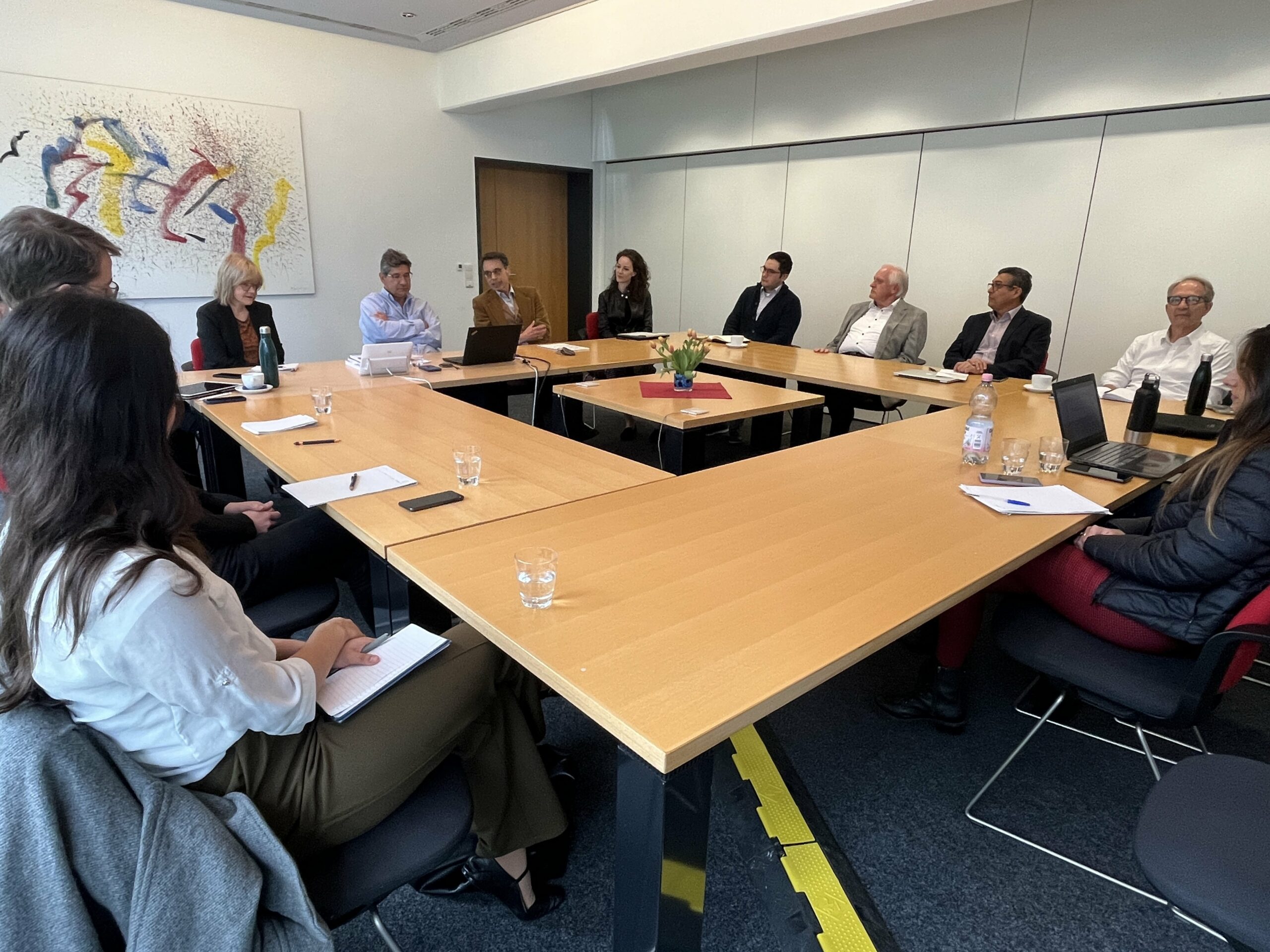Ibero-American Colloquium No. 300: The Role of the Constitutional Court in the Peace Agreement with the FARC
with Alejandro Linares, judge and former President of the Constitutional Court of Colombia
May 08, 2024, MPIL Heidelberg
The talk “The Role of the Constitutional Court in the Peace Agreement with the FARC” by Alejandro Linares, former President of the Constitutional Court of Colombia, offers a detailed analysis of the crucial role played by this entity in the peace process with the FARC.
I. A bit of Colombian history
To understand the role of the Constitutional Court in the peace agreement, it is essential to know the historical context of Colombia. Since the mid-20th century, the country has been affected by armed conflicts, largely due to the presence of guerrilla groups such as the FARC. Over the years, several attempts at peace have been made, with varied results. An important milestone was the Constituent Assembly of 1991, which allowed the inclusion of some guerrilla groups in politics, although the FARC did not participate at that time.
II. The construction of constitutional precedent in transitional justice matters
The 1991 Constitution, known as the “magic triad”, laid the foundations for lasting peace by creating a robust legal framework. The Constitutional Court has played a fundamental role in the interpretation and application of this framework, especially in the area of transitional justice. This includes mechanisms to try war crimes and crimes against humanity, such as genocide, in line with the Rome Statute, ratified during the administration of President Andrés Pastrana.
III. Constitutional Control of the Fast Track
The Constitutional Court has also reviewed various international treaties and has established standards of rights for victims. During the government of Álvaro Uribe, Ruling C-370 of 2000 delineated the scope of justice and peace within the ordinary jurisdiction. Subsequently, Ruling C-379 of 2016 was crucial, as the Court acted as a “lifeline” for the government, differentiating between a popular referendum and a plebiscite. This decision allowed the peace process to continue despite the initial rejection in the plebiscite.
One of the most controversial elements was the use of “Fast Track”, an accelerated legislative mechanism to implement the peace accords. The Constitutional Court played an essential role in validating this mechanism, although some critics considered it a “poisoned gift” as it centralized much power in the executive and the legislature, with the Court acting as a sort of “third chamber” in overseeing this process.
IV. Conclusions
In summary, the Constitutional Court has been a decisive actor in the construction and consolidation of the peace process in Colombia. Its role in the definition of transitional justice, the review of international treaties and the control of Fast Track demonstrates its importance as guardian of the Constitution and protector of victims’ rights. Despite criticisms and challenges, the Court has maintained its commitment to peace and justice, adapting to the changing needs of the country in its quest for lasting peace.
